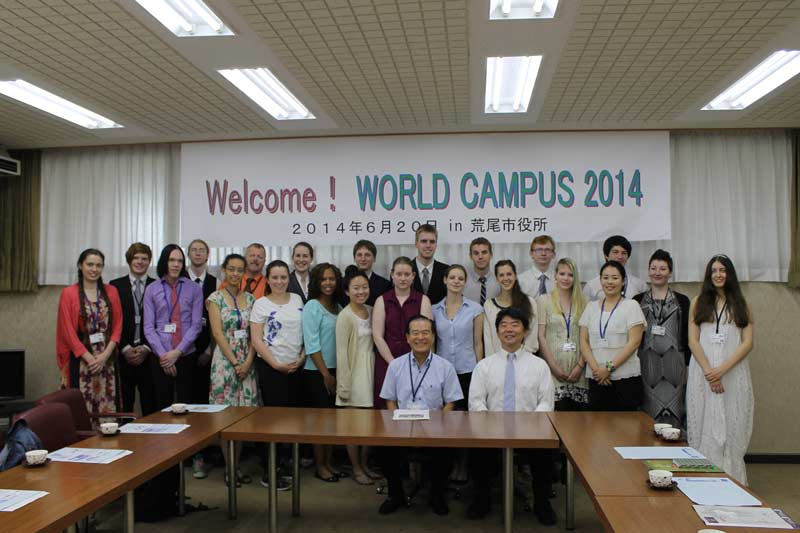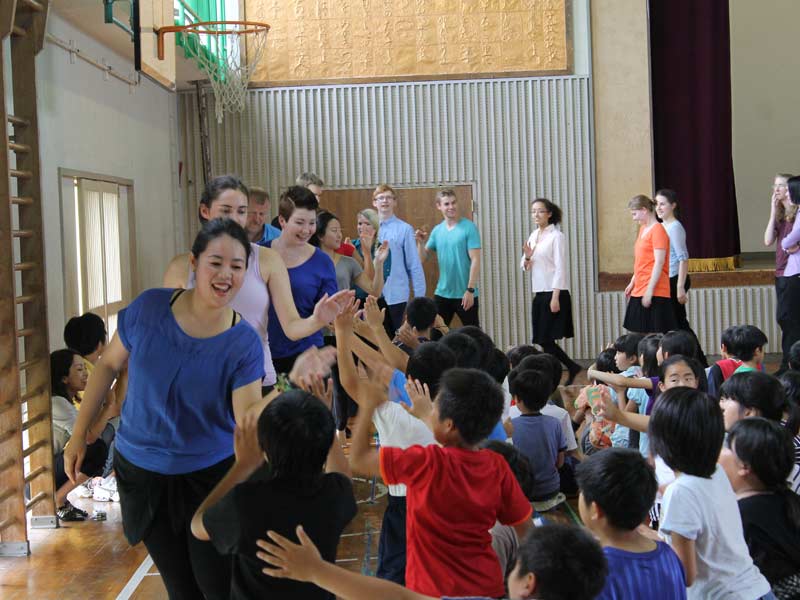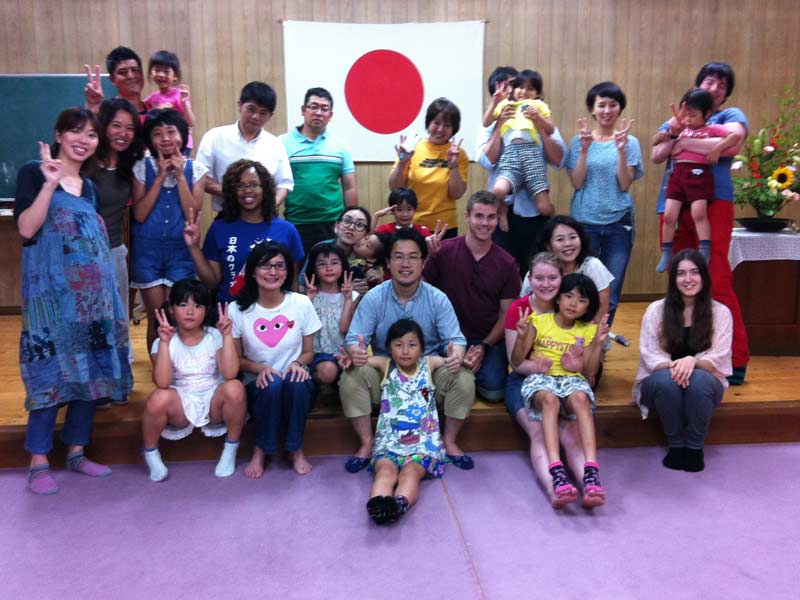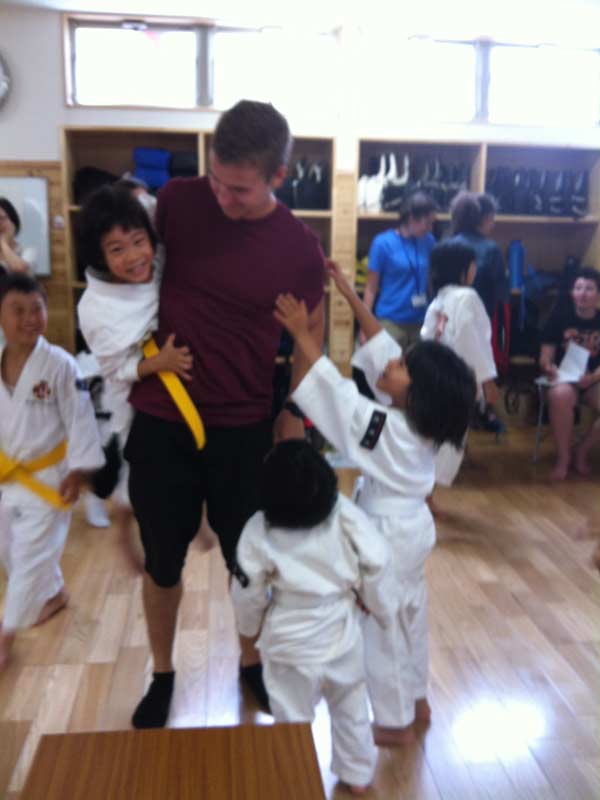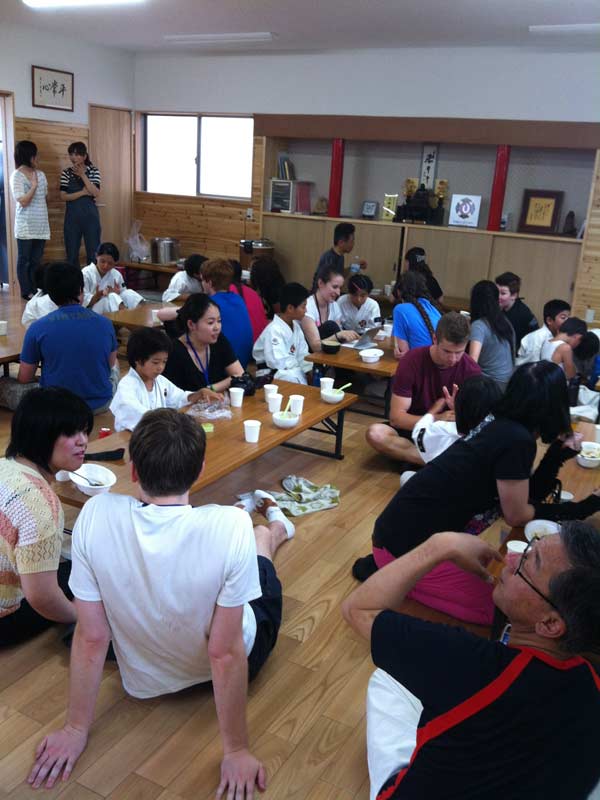Day of Activity June 20th
Today was the most eventful day so far. From early in the morning we were dressed in our best outfits to meet the mayor of Arao city, Mr. Maebata. He gave us a general introduction to the geography and history of the area. We learned that Arao was once a prosperous coal mining town whose main mine, the Manda coal mine, had ceased its ore extraction operations in 1951. The amusement park “greenland”, whose ferris wheel towers over the city, made its obligatory cameo, and with the city pushing for the Manda coal mine’s acceptance as a UNESCO world heritage site, and Arao’s numerous natural tourist attractions, like the Arao tideland and wetlands, the Mayor revealed ambitions of a booming tourism industry in the area.
After Mr. Maebata finished his address, he opened for a Q&A session, and we were allowed to ask him about both business and leisure. This was a unique opportunity to gain an impression of Japanese politics at the city level. Unless you know enough Japanese to read a newspaper or follow the news on television, foreigners are usually only exposed to politics at the national level, so this was a valuable opportunity.
A few days later our visit was featured in the Ariake Shinpo, the local newspaper for the Omuta and Arao area.
Espen

